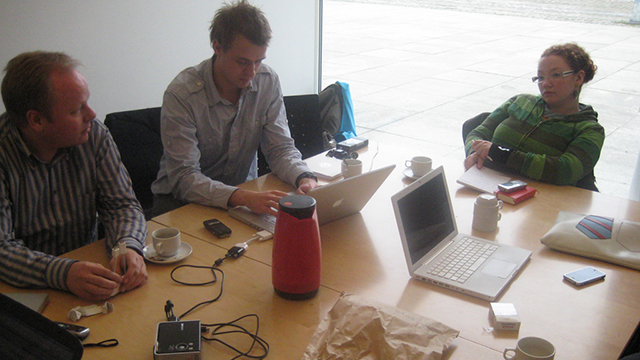When a coworker or friend suggests doing something that can step on the toes of your plan, it’s easy to turn the situation into a power struggle. To ease tensions, try approaching the conversation in a way that treats both courses of action as valid by default.
Photo by Mark Jensen
The Harvard Business Review suggests that when your plans come into conflict with someone else’s, avoid framing them as a conflict at all. By treating both options as valid from the start, you can nudge the conversation towards problem solving, rather than a pissing contest:
Use “and,” not “but.” When you need to disagree with someone, express your contrary opinion as an “and.” It’s not necessary for someone else to be wrong for you to be right. When you are surprised to hear something a teammate has said, don’t try to trump it, just add your reality. “You think we need to leave room in the budget for a customer event and I’m concerned that we need that money for employee training. What are our options?” This will engage your teammates in problem solving, which is inherently collaborative instead of combative.
Of course, you won’t be able to solve all of your problems with this method. However, the more that you can solve by encouraging cooperation, the more potency you’ll have when you’re forced to stand your ground. Check out HBR’s post below for more “nice people” ways to resolve conflicts.
Conflict Strategies for Nice People [Harvard Business Review]

Comments